jidaigeki
Jidaigeki: Five Great Historical Dramas to Watch!

Thalia Harris
Posted on June 07, 2024
Share:

A jidaigeki film, or Japanese historical drama, is a genre in Japan that includes films, television shows, video games, and theatre. These stories generally take place during the Meiji Restoration of 1868. The term jidaigeki means “period drama.” It often shows the lives of samurai, farmers, craftsmen, and merchants. The stories take place during historical periods like the Sengoku (1467-1615), Edo (1603-1868), and early Meiji (1868-1877).
What is a jidaigeki film like?
Jidaigeki films often include action, suspense, romance, and the harsh realities of feudal Japan. Known for their adventurous spirit and dramatic conventions, they use traditional makeup, language, and plotlines to create an authentic historical atmosphere.
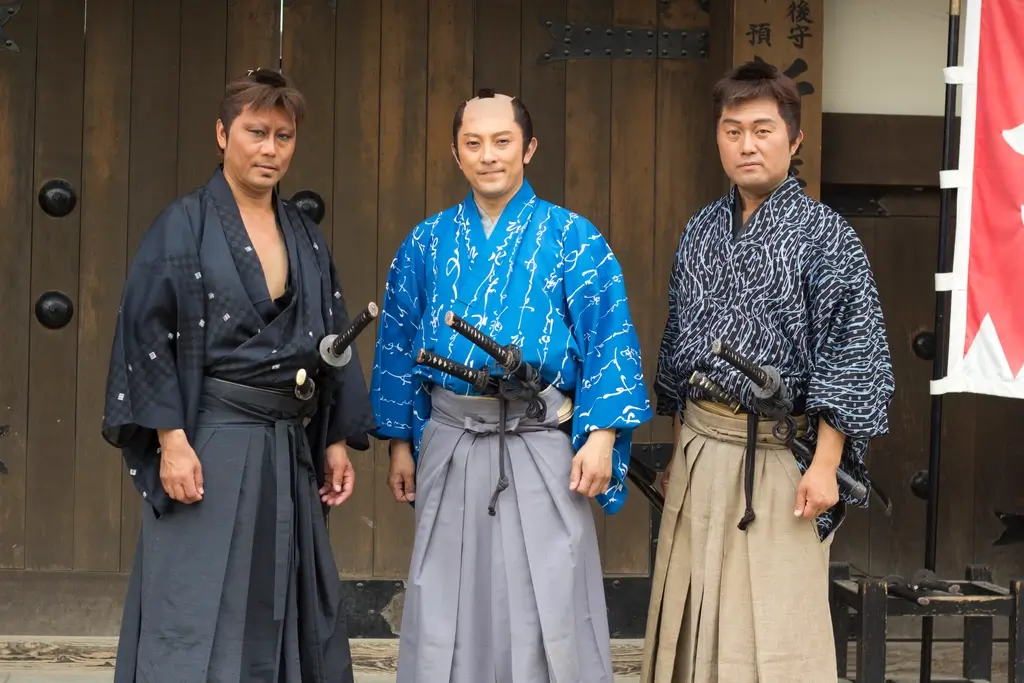
The films feature various characters from different social classes. They included samurai, rōnin (masterless samurai), bugeisha (martial artists), ninjas, artisans, and merchants. The portrayal of these characters often reflects their historical roles and societal status. A common feature in jidaigeki films is the climactic sword fight, usually occurring just before the film’s end. The protagonist, whether a samurai or a commoner, typically emerges victorious.
What influenced jidaigeki films?
Jidaigeki films heavily borrow from genres such as Westerns (i.e., cowboys in the Old West) and Film Noir. Notable directors like Akira Kurosawa have contributed significantly to the genre, creating iconic films that have resonated with audiences worldwide. Let’s look at five jidaigeki films that people consider classics!
Orochi (1925)
Orochi (or Serpent) is a famous silent film from 1925. Buntarō Futagawa directed it and starred the well-known Japanese actor Tsumasaburō Bandō. The story generally follows a samurai named Heizaburo Kuritomi. People wrongly accuse him of a crime, and he loses his status, becoming a rōnin, a samurai without a master.

As a result, Heizaburo faces many hardships and unfair treatment. The film shows his struggles and the harsh life he had to live because of the strict social rules of that time. It’s famous for its exciting action scenes and powerful storytelling, making it an essential part of film history.
Recently, Orochi was restored in 4K, which means it was cleaned up and improved to look better on modern screens. This shows that people still care about this old movie and want to keep it available for new audiences. Plans are to release it in different media formats, making it easier for people to watch this classic film today.
The 47 Ronin (1942)
The 47 Ronin, directed by Kenji Mizoguchi in 1942, is a famous Japanese movie that tells the true story of 47 samurai. These samurai became rōnin, Asano Naganori, sentenced to seppuku (a ritual that results in one’s own death) for attacking a court official named Kira Yoshinaka. The rōnin, led by Oishi Kuranosuke, then spent two years planning to avenge their master’s death. They eventually succeeded in killing Kira, but then they were also ordered to commit seppuku. Their story also symbolized loyalty and honor in Japanese culture.

Mizoguchi’s film is special because it focuses more on the feelings and thoughts of the rōnin rather than on action scenes. In addition, the movie shows the rōnin’s careful planning and their personal struggles as they prepare to avenge their master. The film is famous for its attention to historical details and unique style, using long scenes and a still camera, typical of Mizoguchi’s work.
Are you looking for snacks while watching Japanese historical dramas? Check out Sakuraco! Sakuraco delivers traditional Japanese snacks, teas, and sweets from local Japanese makers directly to your door so you can enjoy the latest treats directly from Japan!
Rashomon (1950)
Akira Kurosawa also directed Rashomon in 1950. It is a famous Japanese movie that tells the story of a samurai’s murder and the attack on his wife from different points of view. The film starts with a woodcutter, a priest, and a commoner taking shelter from a rainstorm in the ruins of the Rashomon gate. They talk about a recent crime involving a bandit named Tajomaru, a samurai, and his wife.
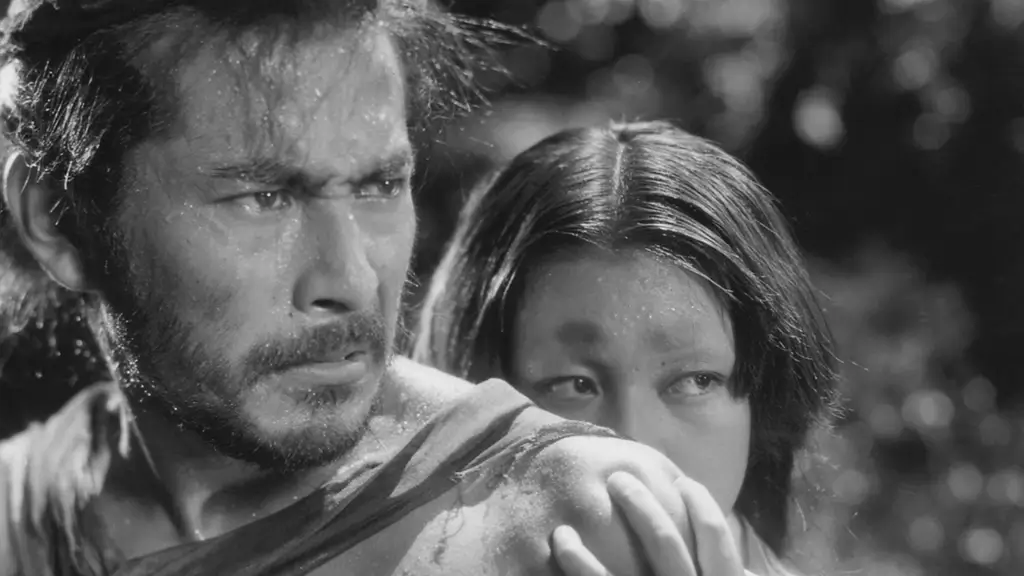
The story is told through the testimonies of the people involved. Each version of the events is different and contradictory, making it hard to know what happened. The film explores themes of truth, perception, and how people’s memories can be unreliable. It also suggests that everyone has their own version of the truth, influenced by their biases and experiences. This idea is the “Rashomon effect,” where people interpret the same event differently.
The film is also notable for its visual style. Cinematographer Kazuo Miyagawa used innovative techniques like shooting directly into the sun and creating striking contrasts of light and shadow. “Rashomon” was the first Japanese movie to receive significant international recognition. It won the Golden Lion at the Venice Film Festival in 1951 and an Academy Honorary Award in 1952.
Ran (1985)
Ran, also directed by Akira Kurosawa in 1985, is an epic Japanese movie inspired by William Shakespeare’s play King Lear. The story is about an old warlord named Hidetora Ichimonji, played by Tatsuya Nakadai, who decides to step down as ruler. He also wants to divide his kingdom among his three sons—Taro, Jiro, and Saburo.

Hidetora’s youngest son, Saburo, warns him that dividing the kingdom will only cause trouble and fighting between his brothers. But Hidetora doesn’t listen to Saburo’s advice and banishes him. He goes ahead with his plan, only to realize too late that his older sons, Taro and Jiro, are greedy and power-hungry. They turn against their father, taking away his power and possessions, leading to a war between the brothers.
Ran is regarded as one of Kurosawa’s masterpieces and a landmark in Japanese cinema. It was the most expensive Japanese film ever made at the time, with a budget of $11-12 million. The film received critical acclaim and won numerous awards, including an Academy Award for Best Costume Design and a nomination for Best Director for Kurosawa.
Why should I watch these jidaigeki films?
You should watch jidaigeki films because they give you a deep look into Japan’s history and culture from long ago. These movies also show traditional Japanese clothing, buildings, and martial arts. Watching them can help you better understand and appreciate Japanese culture and traditions.
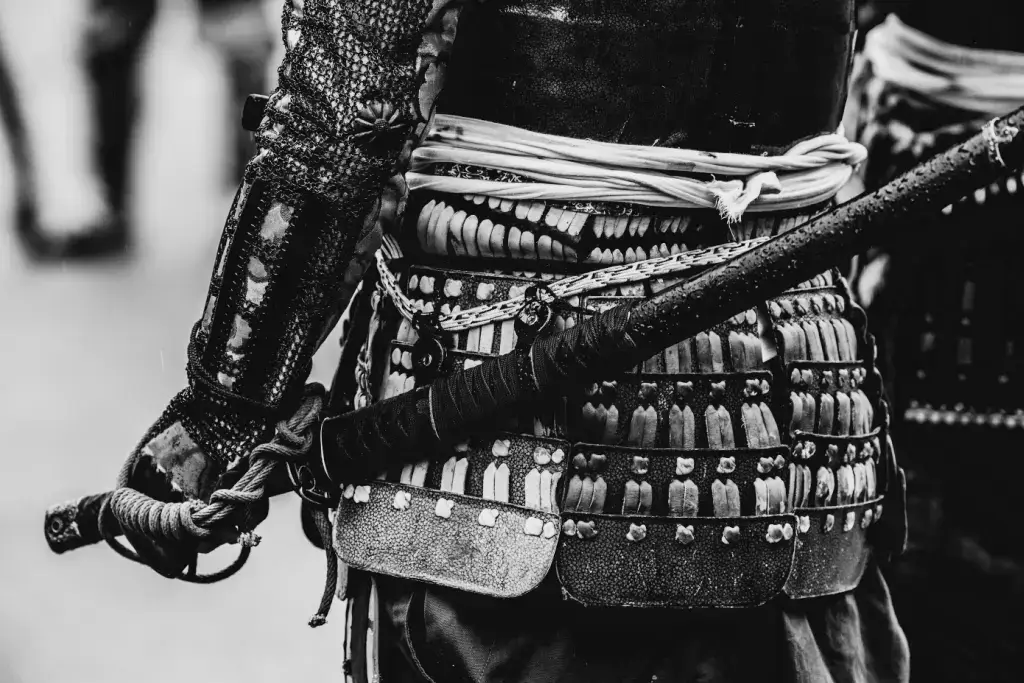
In summary, jidaigeki films contain interesting history, culture, and great filmmaking. They have exciting stories and beautiful visuals and help you learn more about Japan’s past. That’s why they are must-see movies for anyone who loves films. Have you ever seen these films before? Let us know in the comments below!

Discover authentic flavors with Sakuraco
Get Sakuraco 

Discover authentic flavors with Sakuraco
Get Sakuraco 
Related Articles
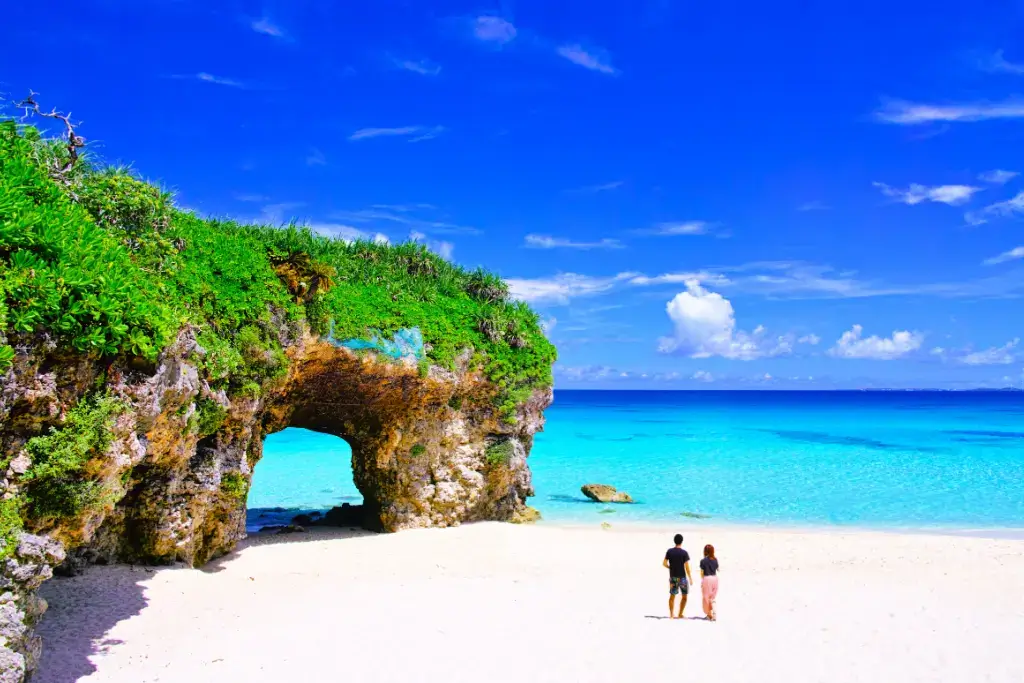
Okinawa Beaches: Five Great Tropical Escapes!
Okinawa Prefecture is a tropical paradise that is celebrated for its turquoise waters, beautiful, sandy coasts, and vibrant coral reefs. It has over 130 beaches, offering a coastal experience for every kind of traveler. These escapes range from secluded retreats to lively resorts. Today, we’ll explore five of the most captivating beaches in Okinawa!
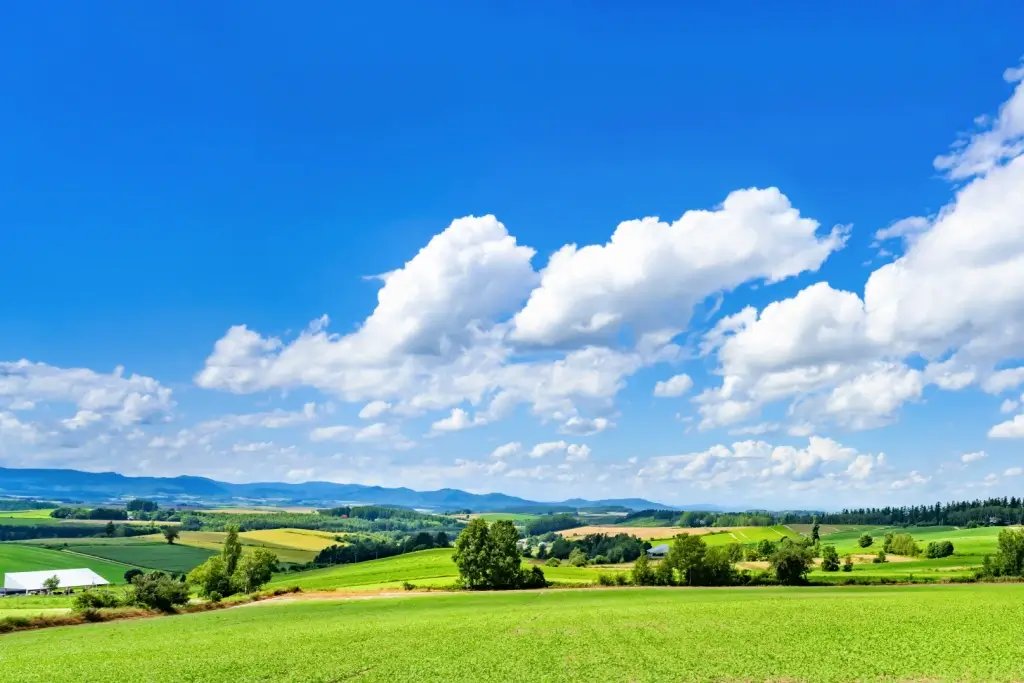
Hokkaido: Amazing Places to Enjoy This Summer!
With endless fields of flowers, misty lakes, fresh mountain breezes, and gentle festivals, Hokkaido’s summer is a world uniquely its own. Let’s look at explore five locations worth visiting during this time of year!

Mount Fuji Summit: Visit Sites Like Chureito Pagoda and More!
Rising at 3,776 meters (12,388 ft), the Mount Fuji summit is truly a sight to behold. On a clear day, you can even see it from Tokyo! This impressive volcano has inspired many poems, artworks, and pilgrimages for centuries.
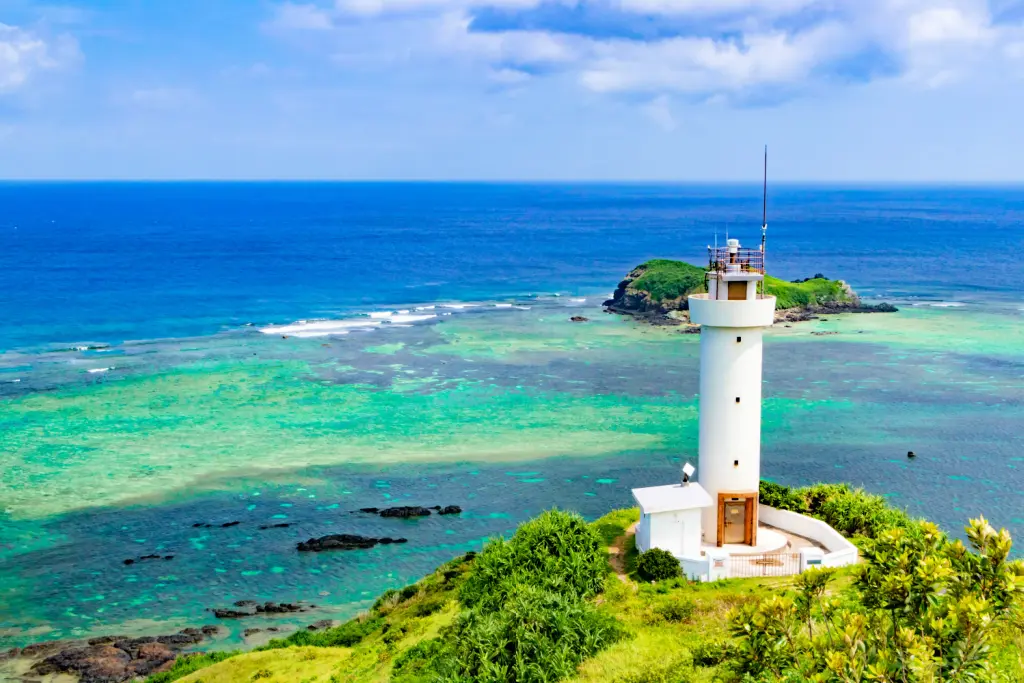
Okinawan Islands: Why You Should Visit Yaeyama!
While the rest of the country is famous for its high-speed trains and vibrant cities, the Yaeyama Islands move at the rhythm of waves and birdsong. This area will amaze you with its breathtaking natural beauty, blending majestic simplicity with the ancient cultural heritage. Keep reading to learn more about this Okinawan treasure!



